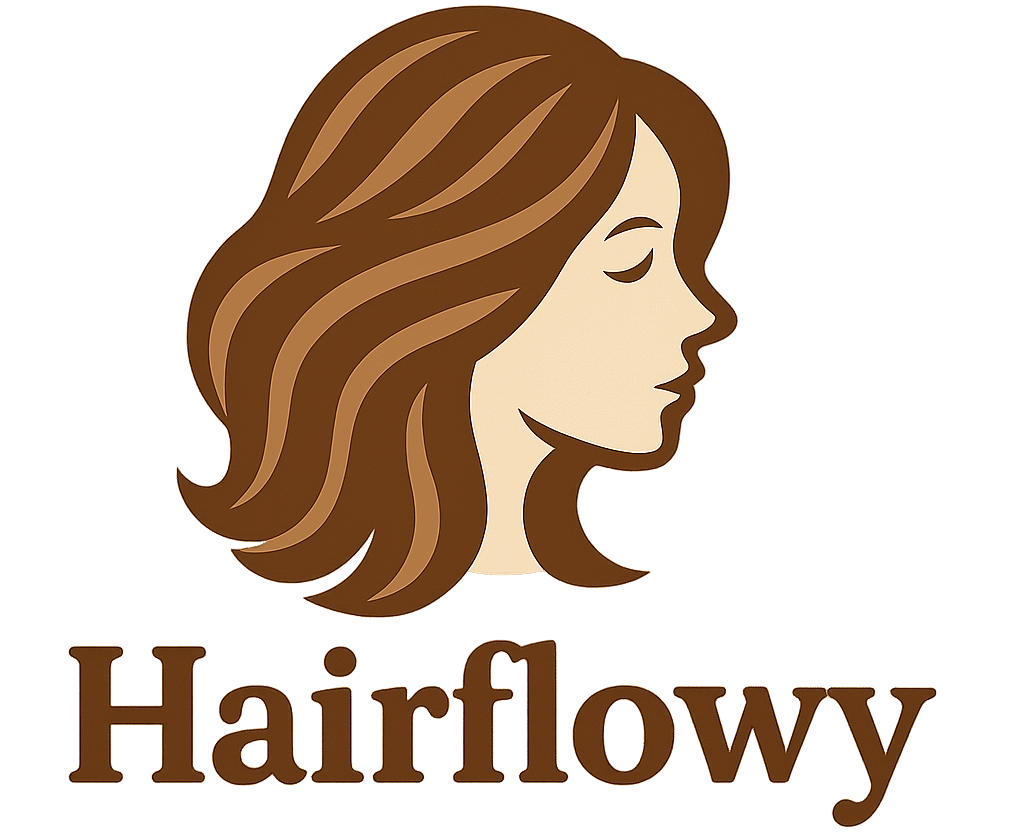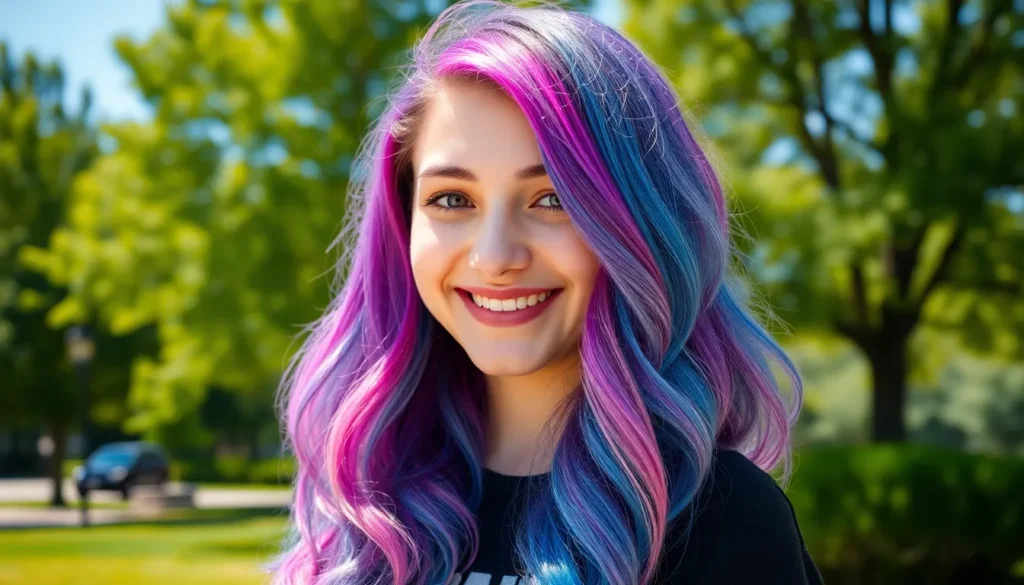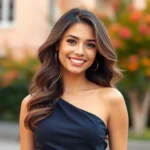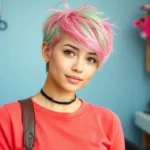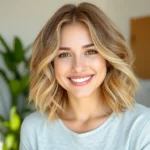We’ve all been there – staring at our reflection wondering if it’s time to shake things up with a bold new hair color. Multi-colored hair has exploded from underground subcultures into mainstream beauty trends and we couldn’t be more excited about the endless possibilities it offers.
Gone are the days when vibrant hair colors were reserved for punk rockers and festival-goers. Today’s multi-color techniques range from subtle highlights that catch the light beautifully to dramatic rainbow transformations that turn heads wherever you go. Whether you’re drawn to pastel ombré effects or bold contrasting streaks we’ve got the inspiration you need.
The best part about multi-colored hair? There’s literally a style for everyone regardless of your hair type length or personal aesthetic. From professional-friendly options that add just a hint of excitement to your look to full-blown artistic masterpieces that make your hair the ultimate accessory – we’re here to guide you through the most stunning multi hair color ideas that’ll have you booking that salon appointment today.
Bold Two-Tone Hair Color Combinations
These striking dual color combinations create dramatic visual impact that transforms your entire look. We’ve curated the most eye-catching two-tone styles that make powerful fashion statements.
Classic Black and Blonde Contrast
Black and blonde remains the most requested two-tone combination at salons worldwide, delivering timeless elegance with modern edge. This high-contrast pairing works exceptionally well with face-framing techniques, where blonde sections highlight your features against rich black base color.
Popular placement options include:
- Half and half vertical splits down the middle parting
- Underlayer blonde with black top sections
- Chunky blonde streaks throughout black hair
- Ombre transitions from black roots to blonde ends
Maintenance requires touch-ups every 6-8 weeks to keep the blonde sections vibrant and prevent brassiness. We recommend using purple shampoo weekly to maintain cool blonde tones that complement the black base.
Dramatic Red and Black Split
Red and black combinations create gothic-inspired looks that command attention in any setting. Fire engine red paired with jet black delivers maximum drama, while burgundy and black offers a more sophisticated approach for professional environments.
Styling techniques that enhance this combination:
- Side-swept bangs in contrasting colors
- Geometric color blocking patterns
- Diagonal splits across the head
- Layered cuts that showcase both colors simultaneously
Color longevity varies between 4-6 weeks for vibrant reds, requiring specialized color-safe products to prevent fading. Semi-permanent red dyes offer flexibility for those wanting temporary boldness without long-term commitment.
Vibrant Blue and Silver Pairing
Blue and silver creates futuristic aesthetics that photograph beautifully under various lighting conditions. Electric blue contrasts dramatically with platinum silver, while navy blue offers subtler sophistication when paired with ash silver tones.
Trending blue and silver styles feature:
- Mermaid-inspired flowing color transitions
- Metallic silver roots with blue lengths
- Alternating blue and silver face-framing pieces
- Galaxy-themed color placement patterns
Pre-lightening to level 9 or 10 ensures optimal color payoff for both blue and silver shades. Professional application prevents uneven color distribution and maintains the integrity of your hair’s structure throughout the coloring process.
Subtle Ombre and Gradient Techniques
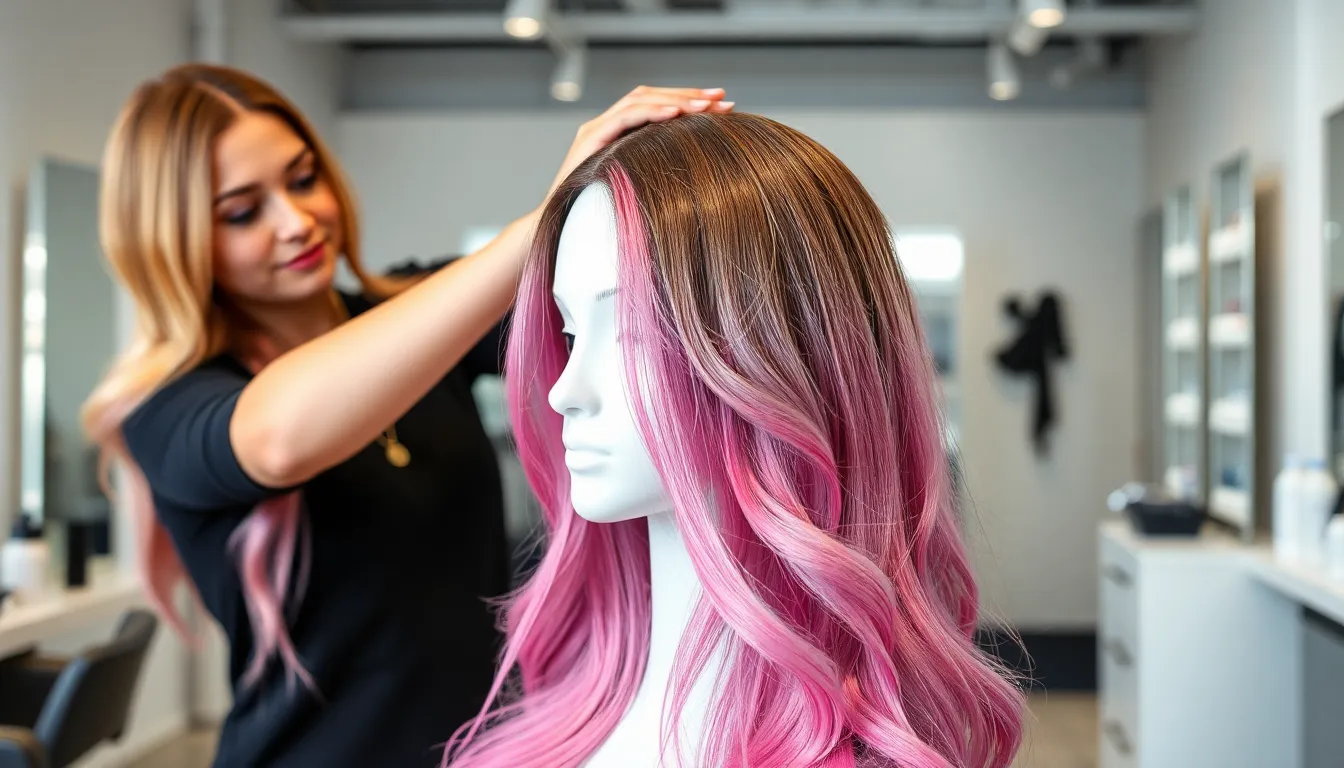
Subtle ombre and gradient techniques create seamless color transitions that offer sophisticated alternatives to bold contrasting looks. We achieve these flowing effects through careful horizontal color application and precise blending methods.
Natural Brunette to Caramel Fade
Natural brunette to caramel fade delivers a low maintenance option that mimics sun kissed highlights. We hand paint caramel tones onto mid lengths and ends using balayage methods while preserving the natural brunette roots. Stylists typically leave approximately 2-3 inches of root color untouched to create a sophisticated gradient effect. This technique requires minimal upkeep since the darker roots naturally blend with new growth.
Pastel Pink to Lavender Transition
Pastel pink to lavender transition creates a whimsical appearance perfect for those seeking soft fantasy colors. We apply pink toner to the mid lengths and gradually blend into lavender at the ends using gradient techniques. Hair must be pre lightened to level 9 or 10 for these pastel shades to appear vibrant and true to color. The transition works best on hair that’s 6 inches or longer to allow proper color placement and blending space.
Dark Root to Light Tip Progression
Dark root to light tip progression builds depth through strategic color placement from darkest to lightest tones. We start with the natural or enhanced dark shade at the roots and progressively lighten toward blonde, caramel, or even bright colors at the ends. Foiling techniques help us control the blending zones and prevent unwanted color bleeding between sections. This method works exceptionally well for adding dimension to fine hair while maintaining a natural appearance at the hairline.
Creative Rainbow Hair Color Patterns
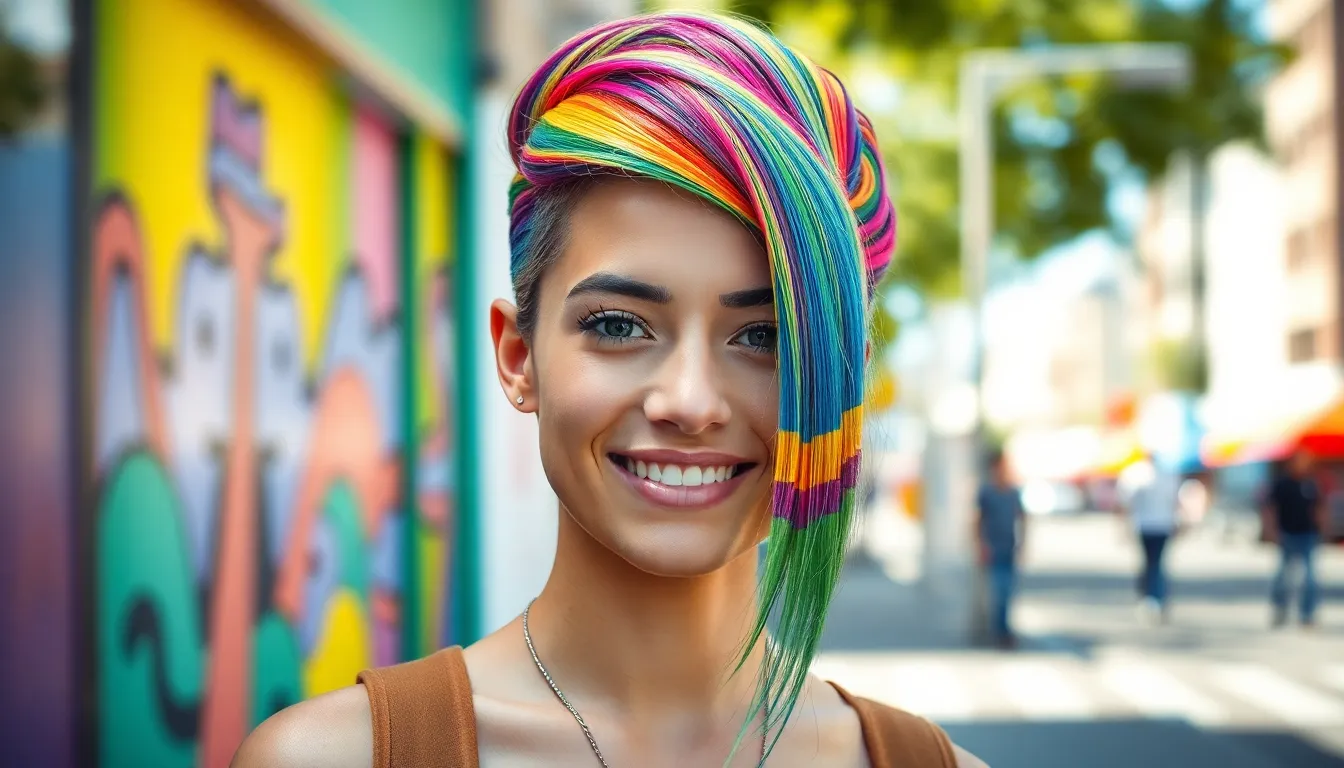
Rainbow hair patterns transform your look into a vibrant masterpiece that showcases multiple colors in artistic arrangements. We’ll explore three stunning approaches that create maximum visual impact through strategic color placement.
Full Spectrum Horizontal Stripes
Horizontal rainbow stripes create bold bands of color that flow across your hair like painted layers. This technique works exceptionally well on straight to wavy hair textures, where each color stripe remains distinct and visible.
Half and half splits divide your hair into two contrasting rainbow sections, either horizontally at ear level or vertically down the center. You can combine warm rainbow tones on one side with cool spectrum colors on the other for maximum contrast.
Block color sections apply rainbow hues in horizontal bands throughout your hair length. Start with lighter shades at the roots and progress to deeper rainbow tones toward the ends, or alternate between bright and pastel rainbow colors for a playful effect.
Vertical Color Block Sections
Vertical rainbow sections create stunning color columns that move with your hair’s natural flow and texture. This placement technique allows each rainbow shade to blend naturally while maintaining distinct color boundaries.
Chunky vertical pieces section your hair into 2 to 3 inch wide strips, applying different rainbow colors to each section. Face framing pieces often feature the most vibrant shades like electric blue or hot pink, while interior sections showcase complementary rainbow tones.
Thin color strips use quarter inch sections to create subtle rainbow highlights throughout your hair. These delicate color placements work beautifully with natural hair movement and create dimensional rainbow effects without overwhelming your overall look.
Oil Slick Iridescent Blend
Oil slick rainbow effects mimic the prismatic colors found in soap bubbles or oil spills, creating multidimensional color shifts. This technique layers translucent rainbow dyes to achieve colors that change appearance under different lighting conditions.
Iridescent layering applies multiple rainbow tones using translucent hair colors that shift between purple, blue, green, and gold. Your hair appears to change colors as you move, creating an ethereal rainbow effect that’s both subtle and striking.
Color shifting placement focuses rainbow iridescence on exact areas like the top layer or face framing sections. This targeted approach allows you to experiment with oil slick rainbow effects while maintaining some natural color as your base.
Trendy Peekaboo Multi Color Styles
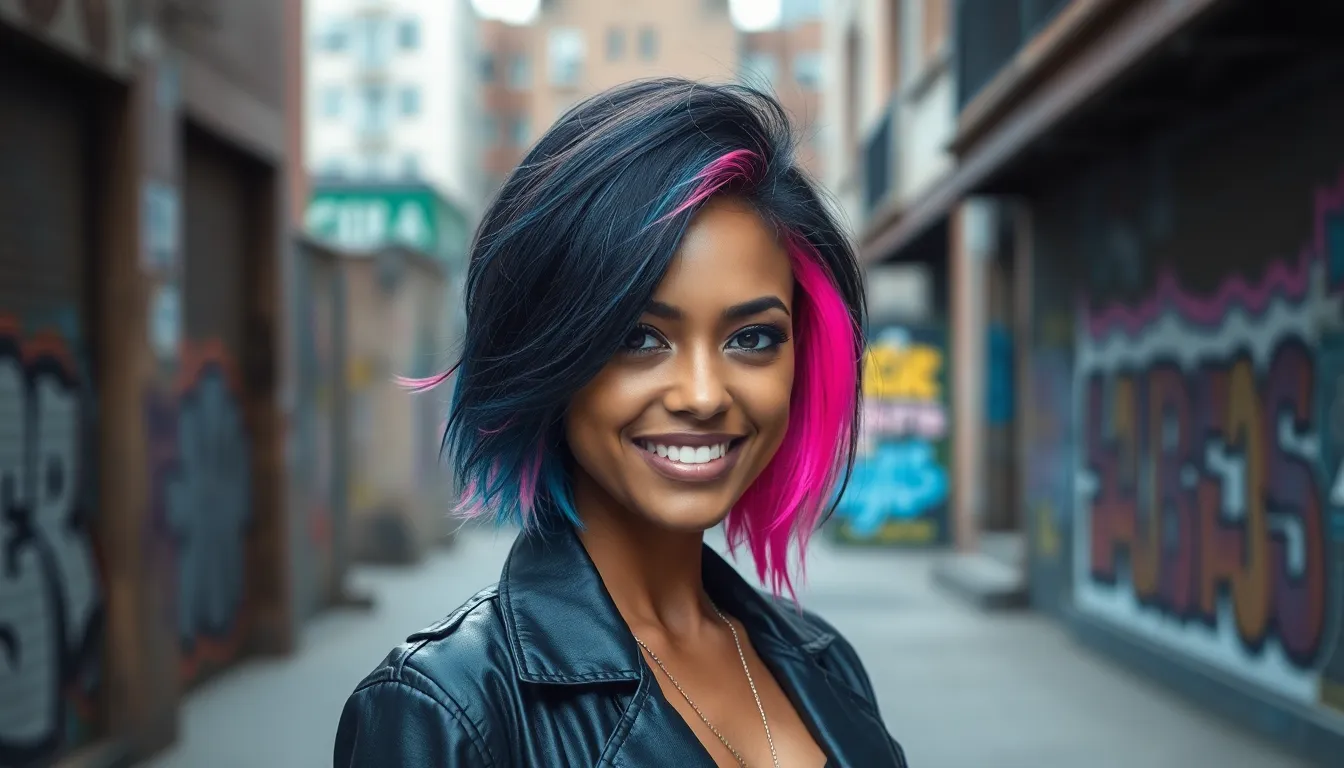
Peekaboo hair color techniques offer the perfect balance between bold expression and professional versatility. We’re seeing this trend dominate 2025 as it allows vibrant colors to remain hidden beneath the outer hair layer, creating stunning reveals with every movement.
Hidden Neon Underlayers
Neon underlayers create an edgy contrast that transforms ordinary hairstyles into statement pieces. We recommend incorporating electric blues, hot pinks, and lime greens under your natural hair color for maximum impact when the hidden sections peek through.
Dyeing techniques for this style focus on the underside portions of your hair, leaving the top layers untouched. We achieve this look by sectioning off the lower half of your hair and applying neon hues like electric purple, fluorescent orange, or vibrant yellow. The beauty lies in how these colors remain completely hidden when your hair falls naturally but become visible when you style it in updos, braids, or even when wind catches your hair.
Professional stylists often use semi-permanent dyes for neon underlayers since these colors require frequent touch-ups. We find that this approach allows for color experimentation without long-term commitment, making it ideal for workplace-appropriate styling.
Colorful Money Piece Highlights
Money piece highlights frame your face with strategically placed vibrant color sections that instantly brighten your overall appearance. We’re seeing platinum blonde, auburn copper, and rose gold dominate this technique as they create stunning contrast against darker base colors.
Face-framing sections receive the color treatment in this method, typically starting from your hairline and extending through the front layers. We position these highlights to enhance your facial features while adding dimensional depth to your hairstyle. The technique works particularly well with layered cuts since the color placement follows natural movement patterns.
Color choices for money piece highlights should complement your skin tone and personal style preferences. We suggest warm coppers and golden blondes for those with warm undertones, while cool platinum and ash tones work beautifully on cooler complexions. The key is creating enough contrast to make the highlights pop without overwhelming your natural hair color.
Secret Rainbow Back Sections
Rainbow back sections transform the hidden areas of your hair into colorful masterpieces that surprise and delight. We apply balayage and slicing techniques to create seamless color transitions from red to orange to yellow to green to blue to purple across the back portions of your hair.
Sectioning strategies focus on the nape area and lower back layers where colors remain concealed during normal daily activities. We create these rainbow effects by dividing the back section into horizontal or vertical strips, then applying different colors to each section. The technique requires precise color placement to ensure smooth transitions between hues.
Maintenance for rainbow back sections involves regular color refreshing since multiple colors fade at different rates. We recommend using color-depositing shampoos and scheduling touch-up appointments every 6-8 weeks to maintain vibrancy. The investment pays off when you reveal these hidden rainbow treasures through ponytails, braids, or special occasion updos.
Seasonal Multi Hair Color Transformations
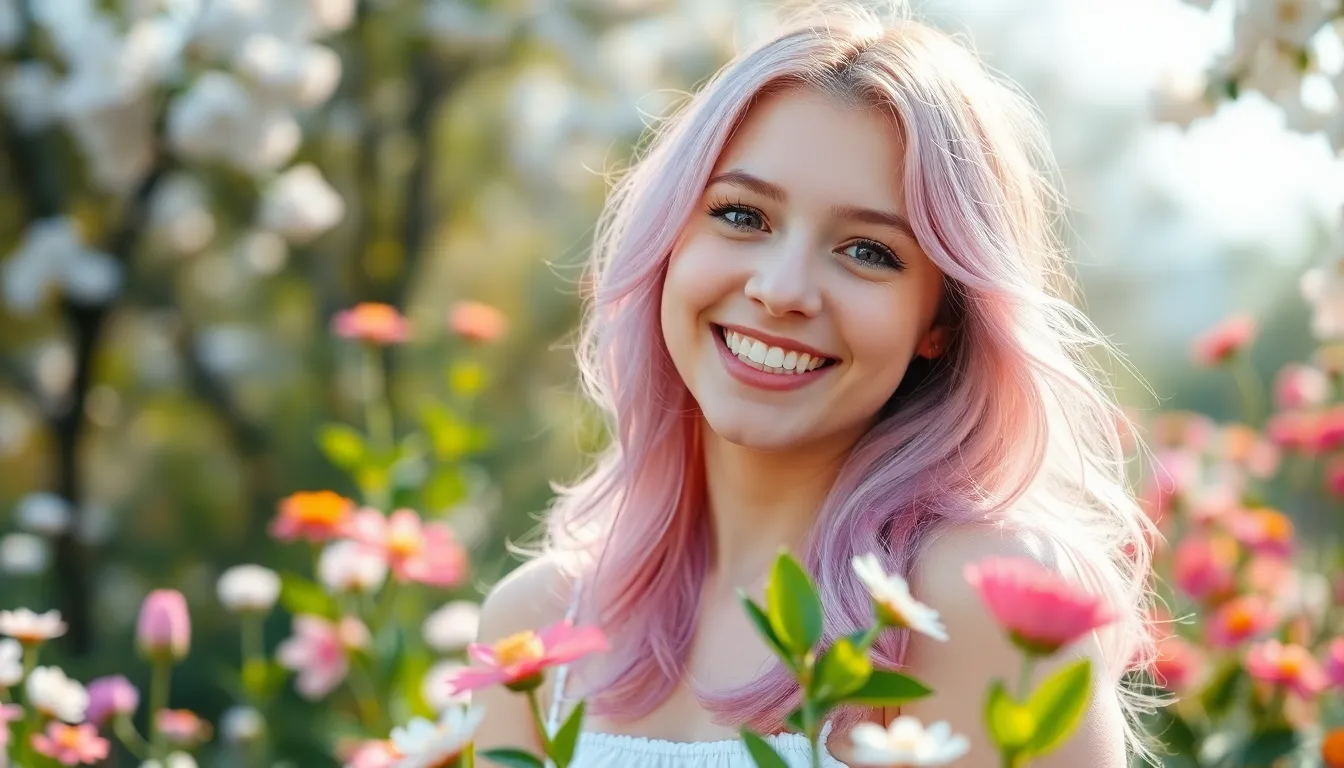
Every season brings fresh inspiration for multi-colored hair transformations that perfectly complement the changing weather and fashion trends.
Spring Pastel Color Combinations
Spring awakens our desire for soft, dreamy color palettes that mirror blooming flowers and fresh beginnings. We’re seeing incredible popularity in delicate blends of lavender, blush pink, baby blue, and soft mint that create ethereal transformations. Pastel pink highlights on brown hair offer a subtle yet playful approach that works beautifully for those testing multi-color waters.
Lavender-blonde balayage delivers sophisticated elegance while maintaining that whimsical spring energy we all crave. These gentle shades provide the perfect pop of color without overwhelming your natural beauty. Mixed pastel highlights and rainbow streaks allow for maximum creativity while keeping the overall look soft and romantic.
Summer Bright and Bold Mixes
Summer calls for vibrant, high-impact combinations that match the season’s energetic spirit and festival atmosphere. We’re obsessed with ever-changing pairings like turquoise mixed with cobalt blue or lime green blended with electric blue for maximum visual punch. Festival-inspired looks featuring dusty blues, purples, and pinks create that perfect concert-ready vibe we’re all after.
Neon colors in layered patterns dominate summer transformations, offering endless possibilities for self-expression. Primary colors arranged in ombre patterns deliver stunning gradients that catch sunlight beautifully. Bold color blocking and geometric patterns allow you to showcase multiple vibrant shades simultaneously.
Fall Warm Tone Blends
Fall invites us to embrace cozy, earthy palettes that reflect autumn’s natural beauty and harvest season warmth. Soft orange, peach, golden yellow, and tangerine combinations create that perfect seasonal harmony we love. Warm pastels mixed with rich blonde and copper highlights offer sophisticated options that complement fall fashion trends.
Chartreuse and forest green blends create unique “swamp monster” looks with surprisingly cute appeal. These unexpected color combinations challenge traditional autumn palettes while maintaining seasonal relevance. Golden undertones throughout these warm blends ensure your colors complement fall’s natural lighting perfectly.
Winter Cool Color Contrasts
Winter demands dramatic, contrasting colors that mirror the season’s crisp elegance and crystalline beauty. Icy blue, lilac, silver, and platinum blonde combinations create stunning cool-toned masterpieces. Sharp contrasts like black and white or deep violet with silver highlights provide that bold winter flair we’re seeing everywhere.
Split dye patterns pairing cool and warm tones offer striking visual drama perfect for winter’s theatrical mood. These high-contrast looks photograph beautifully against winter landscapes and complement the season’s fashion statements. Cool metallics and frosty tones enhance your natural winter glow while making a powerful style statement.
Face-Framing Multi Color Techniques
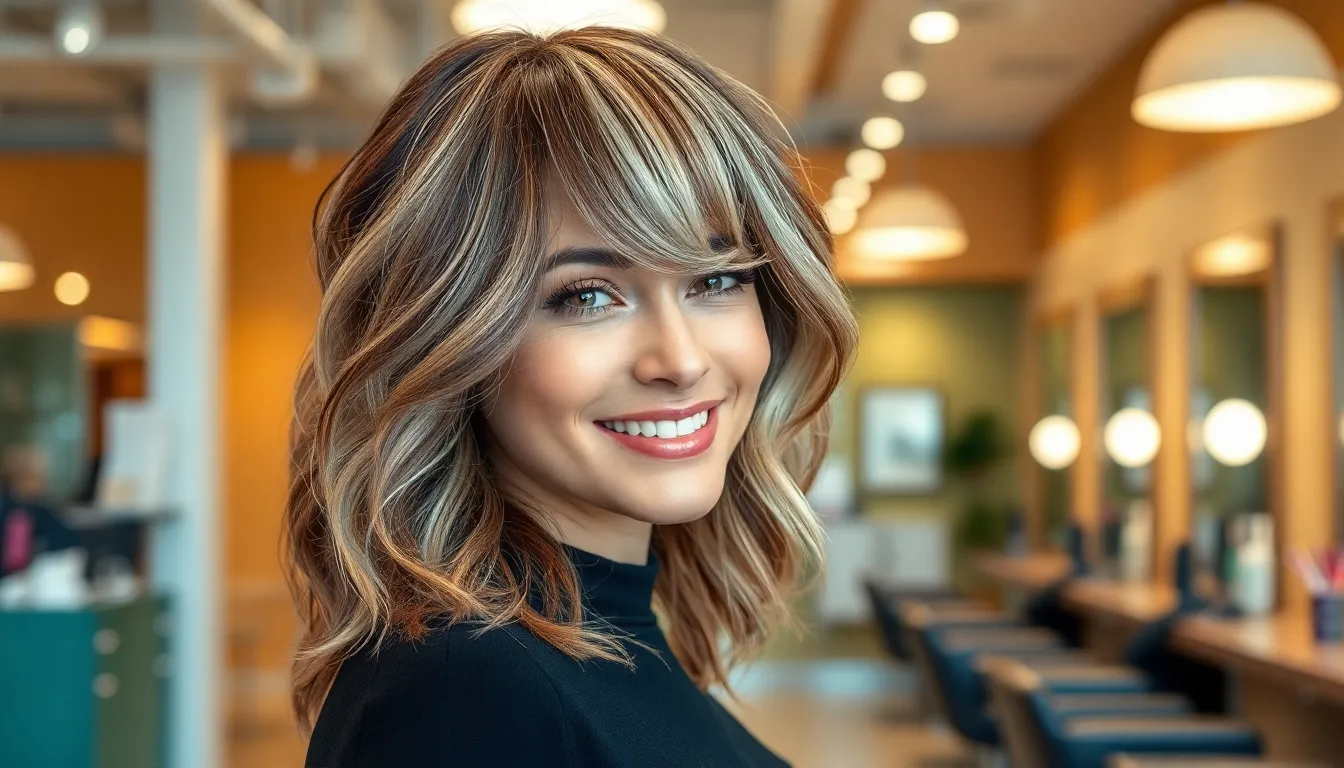
We’ve discovered that strategic color placement around your face creates the most dramatic transformation in your overall appearance. These techniques focus specifically on improving your facial features through carefully positioned multi color applications.
Chunky Highlight Combinations
Contrasting highlights transform your look by mixing bold color combinations that add incredible depth and texture to your hair. Platinum blonde paired with rich brown creates a stunning dimensional effect that catches light beautifully. Bold red chunks combined with darker base colors deliver an edgy contrast that frames your face with striking definition.
Layered coloring builds multiple dimensions through strategic color placement that enhances your natural features. Each layer contributes to a vibrant overall appearance while maintaining balance around your face. We recommend applying three to four different tones to achieve the most impactful results.
Placement techniques for chunky highlights work best when positioned strategically around your temples and jawline. Front sections receive the boldest colors while side panels incorporate complementary transitional shades. This approach ensures your facial features receive maximum enhancement from the color contrast.
Balayage Multi-Tone Applications
Balayage ombre creates seamless transitions from darker roots to lighter ends using freehand painting techniques that look naturally sun kissed. Mid length application starts the color transition while ends receive the lightest tones for maximum impact. This technique works exceptionally well for face framing because it draws attention upward toward your features.
Multi tone balayage applications allow for natural looking dimensional effects through strategic color placement around your face. Freehand painting techniques enable colorists to customize placement based on your exact facial structure. We’ve seen incredible results when three to four complementary colors blend together in this natural application method.
Color gradation in balayage applications works by gradually intensifying colors as they move away from your roots. Face framing sections receive slightly lighter treatment to brighten your complexion. This creates a halo effect that naturally draws attention to your facial features.
Strategic Color Placement Methods
Color blocking involves applying bold contrasting colors in exact sections to create striking visual effects around your face. Front panels might feature completely different colors from your base while maintaining harmony through strategic transitions. This technique works particularly well for those who want maximum impact with their multi color transformation.
Hidden colors add surprise and depth by placing vibrant shades underneath your top hair layer where they peek through with movement. Neon underlayers create unexpected flashes of color that frame your face when you move or style your hair differently. This placement method offers versatility for both professional and creative environments.
Dimensional framing applies multiple colors specifically around facial features to create the most flattering enhancement possible. Subtle highlights mixed with bold accent colors provide both depth and brightness where your face needs them most. Temple placement and side panel coloring work together to create a customized frame that complements your unique features perfectly.
Maintenance Tips for Multi Colored Hair
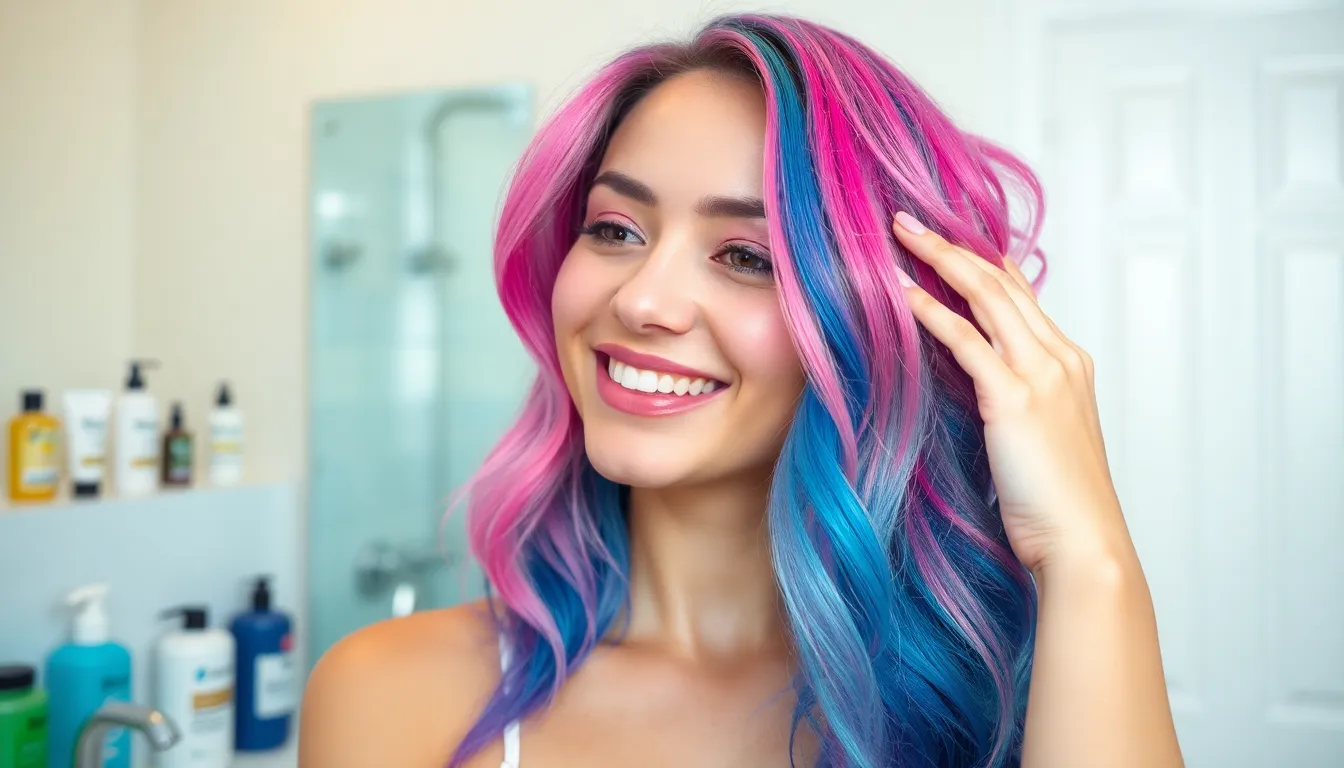
Multi colored hair requires specialized care to preserve vibrancy and prevent premature fading. We’ll share essential maintenance strategies that keep your colorful locks looking salon fresh between appointments.
Color-Safe Product Recommendations
Sulfate-free shampoos form the foundation of any effective color maintenance routine, as they gently cleanse without stripping precious pigments from your hair strands. Antioxidant shampoos provide additional protection by creating a barrier against environmental damage that can cause colors to fade or shift unexpectedly.
Color-depositing conditioners work exceptionally well for maintaining vibrant tones, particularly when you’re sporting bright hues like electric blues or hot pinks. These specialized treatments refresh your color while adding moisture, making them ideal for weekly use between salon visits.
Deep conditioning masks deserve a permanent spot in your hair care arsenal, especially since multi colored hair often undergoes multiple chemical processes. Professional-grade treatments restore moisture levels and strengthen hair fibers that may have been compromised during the coloring process.
Touch-Up Scheduling Guidelines
Schedule touch-ups every 4-6 weeks to maintain optimal color intensity and address root growth before it becomes noticeable. This timeframe allows your hair to recover between chemical processes while ensuring your colors remain vibrant and true to their original shade.
Between professional appointments, color-depositing conditioners help extend the life of your multi colored masterpiece by gradually refreshing faded tones. Weekly treatments with these products can add 1-2 additional weeks to your color’s lifespan, reducing the frequency of costly salon visits.
Root touch-ups may require more frequent attention than overall color refreshing, particularly if you’ve chosen dramatic contrasts like platinum blonde with dark roots. Monitor your root growth weekly and book appointments when new growth reaches approximately half an inch in length.
Heat Protection Strategies
Minimize heat styling whenever possible by embracing air drying techniques that preserve both color integrity and hair health. Heat exposure accelerates color fade by opening the hair cuticle and allowing pigment molecules to escape, making heat reduction your most powerful color preservation tool.
Heat protectant sprays and serums create an essential barrier between your styling tools and colored hair strands when heat styling becomes necessary. Apply these products to damp hair before using blow dryers, flat irons, or curling tools to prevent both heat damage and color fade.
Temperature control plays a crucial role in maintaining multi colored hair, so use the lowest effective heat setting on all styling tools. Professional colorists recommend keeping styling tools below 300°F for colored hair, as higher temperatures can cause permanent color damage within seconds of contact.
Professional vs DIY Multi Color Options
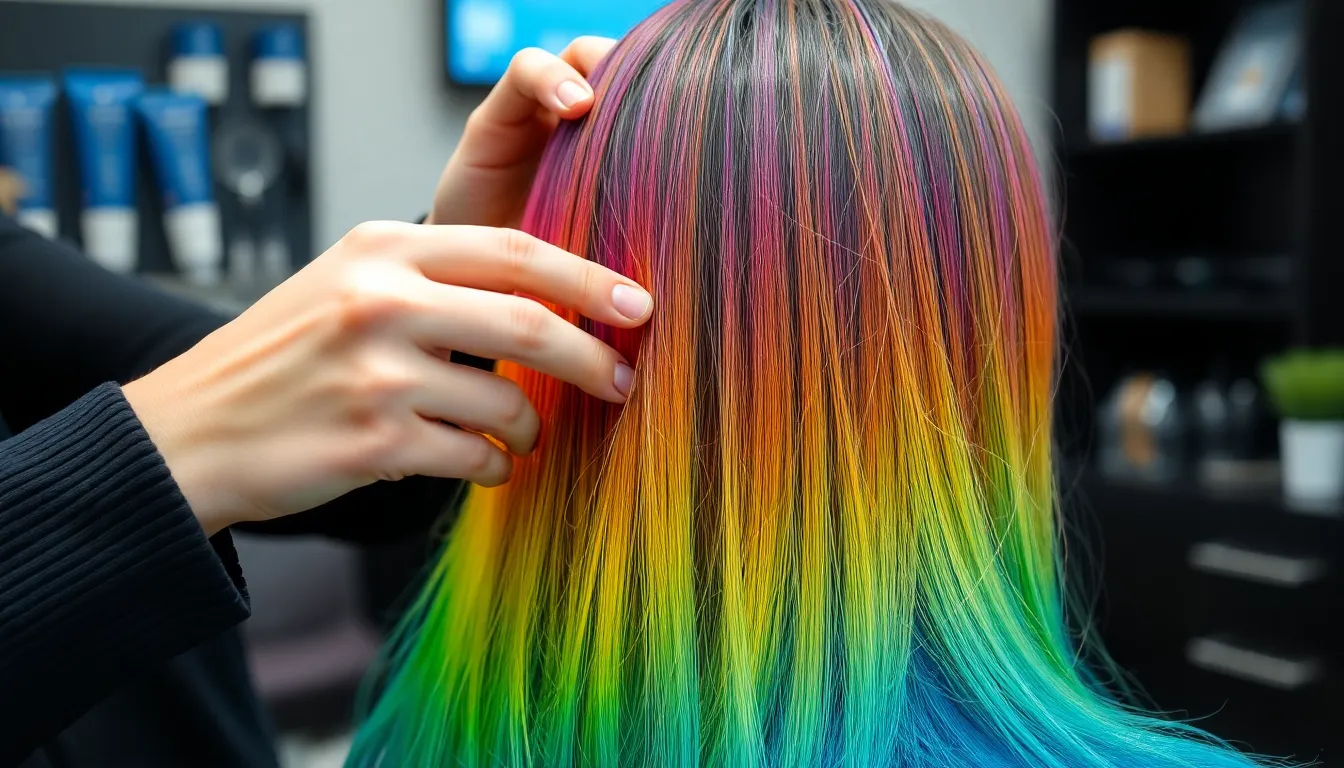
We’ll explore the key differences between salon services and at-home kits to help you make the best choice for your multi-colored hair transformation.
Salon Technique Advantages
Customization stands as the biggest advantage when working with professional colorists who tailor techniques to suit individual skin tones and features. We’ve seen how balayage creates natural sun-kissed looks through freehand painting, while color melting seamlessly blends multiple colors for gradient effects that require minimal maintenance.
Precision becomes crucial when achieving complex multi-color patterns like foilyage, which combines balayage with foil highlights for dramatic dimensional looks. Professional colorists control the application process to ensure even color distribution and smooth transitions between shades.
Advanced techniques like babylights mimic the subtle natural color variations found in children’s hair, requiring skill that comes from years of training. Ombre transitions from darker roots to lighter ends demand expert knowledge of color theory to avoid harsh lines.
Long-term maintenance benefits emerge from professional applications, as techniques are designed for gradual fading that looks intentional rather than grown out.
At-Home Color Kit Limitations
Limited customization restricts your options since most at-home color kits offer generic formulations that may not complement your unique features or skin tone. We’ve found these kits typically provide basic color options suitable for simple two-tone or ombre effects only.
Precision challenges arise when attempting complex multi-color techniques without professional tools and experience. Uneven color distribution and harsh lines frequently result from DIY attempts at advanced coloring methods.
Skill requirements become apparent when trying to achieve salon-quality results, as proper sectioning, timing, and application techniques require extensive practice. Color theory knowledge helps prevent unwanted color interactions that can lead to muddy or undesirable results.
Touch-up difficulties compound over time since matching previous color applications becomes increasingly challenging without professional color records and expertise.
Cost Comparison Considerations
| Factor | Professional Services | At-Home Kits |
|---|---|---|
| Initial Cost | $150-$400+ | $15-$50 |
| Touch-up Frequency | Every 8-12 weeks | Every 4-6 weeks |
| Correction Costs | Included in service | $200-$500+ |
| Long-term Value | Higher upfront, lower maintenance | Lower upfront, higher total cost |
Professional services require higher initial investment with prices varying based on technique complexity and salon location, but offer better long-term value through reduced maintenance needs. Complex techniques like color melting or foilyage command premium pricing due to the time and skill required.
At-home kits appear more affordable upfront but often require additional purchases for touch-ups, corrections, or color mishaps. We’ve observed that DIY attempts frequently result in salon visits for professional correction, eventually costing more than the original professional service would have.
Time investment differs significantly between options, as professional appointments typically take 2-4 hours while DIY applications can take multiple sessions to achieve desired results.
Conclusion
We’ve explored the vibrant industry of multi-colored hair and discovered countless ways to transform your look with stunning color combinations. Whether you’re drawn to dramatic two-tones or prefer subtle gradients the options are truly endless.
The key to success lies in choosing techniques that complement your lifestyle and maintaining your colors with proper care. Professional services offer precision and longevity while DIY options provide budget-friendly alternatives for those ready to experiment.
Your hair is your canvas and multi-colored styles let you express your unique personality in bold new ways. We encourage you to take the leap and embrace a transformation that reflects who you are – the results will be nothing short of spectacular.
Frequently Asked Questions
What is multi-colored hair and why is it becoming popular?
Multi-colored hair involves using multiple colors in various techniques, from subtle highlights to bold rainbow transformations. It’s gained mainstream popularity as it offers versatile ways to express personal style, whether for professional settings or artistic looks, moving beyond its origins in niche subcultures.
What are the most popular two-tone hair color combinations?
Classic two-tone combinations include black and blonde for dramatic contrast, striking red and black for bold impact, and vibrant blue and silver for modern appeal. These pairings create visual interest while allowing for personal expression through contrasting or complementary color choices.
How do ombre and gradient techniques work for multi-colored hair?
Ombre and gradient techniques create subtle color transitions by gradually blending colors from root to tip. Popular options include natural brunette to caramel fades and whimsical pastel transitions, offering sophisticated alternatives to bold contrasting looks while maintaining a more natural appearance.
What are peekaboo hair styles and who should consider them?
Peekaboo styles feature hidden colored sections underneath natural hair that reveal when styled or moved. They’re perfect for professionals who want bold expression with versatility, allowing you to show or hide colors depending on the occasion or workplace requirements.
How often should I maintain my multi-colored hair?
Multi-colored hair requires touch-ups every 4-8 weeks depending on the colors used and hair growth rate. Use sulfate-free shampoos, color-safe products, and minimize heat styling to preserve vibrancy. Regular deep conditioning treatments also help maintain color integrity and hair health.
Should I get multi-colored hair done professionally or use DIY kits?
Professional salon services offer customization, precision, and long-term maintenance benefits, making them ideal for complex color combinations. DIY kits are more budget-friendly but have limited options and may not achieve salon-quality results, especially for intricate multi-color designs.
How much does multi-colored hair cost compared to single-color treatments?
Professional multi-colored treatments typically cost 2-3 times more than single-color services, ranging from $200-800+ depending on complexity. While DIY kits cost $20-50, the initial professional investment often provides better longevity and results, potentially offering better long-term value.
Can multi-colored hair work for all hair types and lengths?
Yes, multi-colored techniques can be adapted for various hair types and lengths. Short hair works well with bold color blocks, medium hair suits ombre effects, and long hair allows for complex rainbow patterns. Your stylist can customize techniques based on your hair’s texture and condition.
What seasonal trends should I consider for multi-colored hair?
Seasonal trends include warm autumn tones like copper and burgundy for fall, cool blues and silvers for winter, vibrant pastels for spring, and bright rainbow colors for summer. Face-framing techniques that enhance your features work well year-round regardless of seasonal preferences.
